Being proactive and making repairs to your car at recommended mileage intervals saves time and money and helps eliminate breakdowns.
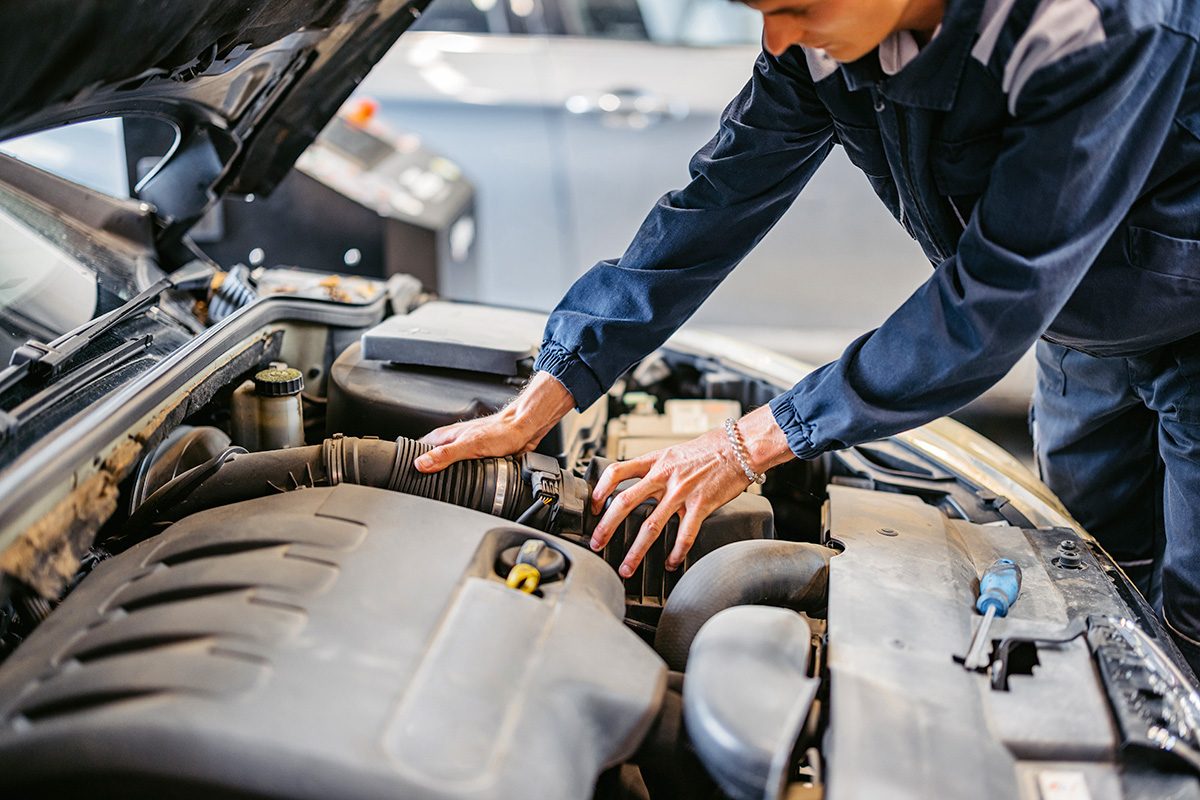
15 Most Common Car Repairs By Car Mileage

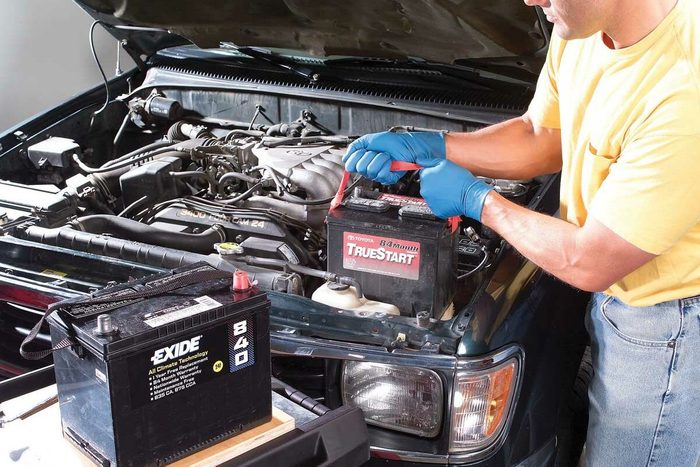
Replacing the Battery
Most batteries last 30,000 to 50,000 miles and usually come with a three to five year prorated warranty. Check the battery cables (and battery fluid if your battery has removable fill caps) at every oil change and service the battery and battery terminals once a year, especially before the cold winter months set in. For peace of mind, even though there are jump starters in all of my cars, and I have AAA Roadside Assistance, I replace the batteries in my vehicles every three years.
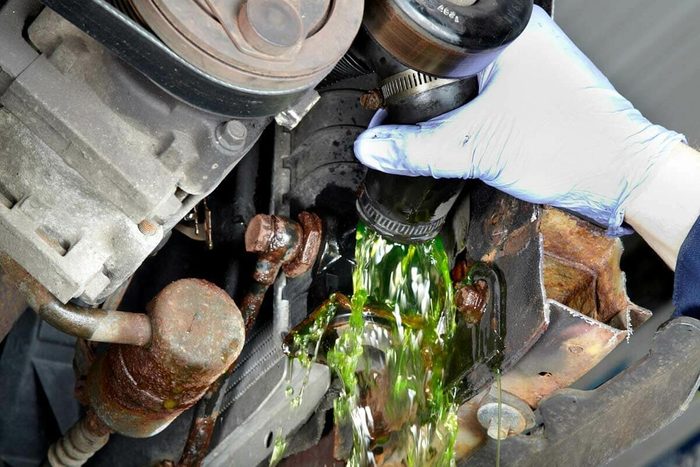
Replacing Coolant Hoses
When it’s time to flush the coolant system, it’s also an excellent time to replace the coolant hoses. Since the mid-1990s, most automotive coolants have had a 50,000-mile or five-year live span. The coolant in newer cars can last 100,000 miles or up to ten years. The extended life and corrosion protection properties of long-life coolant, plus years of extreme temperature fluctuations, weaken, deteriorate and cause the inside of coolant hoses to crack and fail without warning.

Replacing Spark Plugs
Many manufacturers expect spark plugs to last 30,000 miles, others, depending on the material the spark plugs are made from, up to100,000 miles. Removing spark plugs to check for wear at the halfway mileage point, or if your car is running or idling rough or backfiring, is a good idea to see how they are wearing. That said, if you’re going to pull the spark plugs to just take a look, you might as well replace them while you’re at it. With today’s sensitive engine monitoring and emission systems, it’s critical to replace spark plugs with the same type (copper, platinum or iridium) and brand recommended by your car’s manufacturer.

Replacing The Timing Belt (and Water Pump)
Some manufacturers recommend replacing the timing belt every 30,000 miles, while others suggest 120,000 miles. Always replace the water pump when replacing the timing belt (even if it’s not leaking). Several other factors should be part of the equation when considering replacing a timing belt before the suggested mileage, including:
- A poor running engine could indicate a loose timing belt.
- An engine misfire places undo stress on a timing belt, shortening its life.
- Missing teeth can cause a timing belt to make a ticking or squealing noise.
- Lots of city stop-and-go driving, heavy acceleration and extreme temperatures reduce the number of miles timing belts last.
- If you buy a used car with more than 50,000 miles and the seller cannot show proof the timing belt was ever replaced.
Better safe than sorry: replace the timing belt sooner than the manufacturer recommends. “Driving a car with a worn timing belt can lead to the timing belt snapping, which can definitely cause catastrophic [engine] damage,” says Jorge Pinto, a mechanic based in New Jersey.
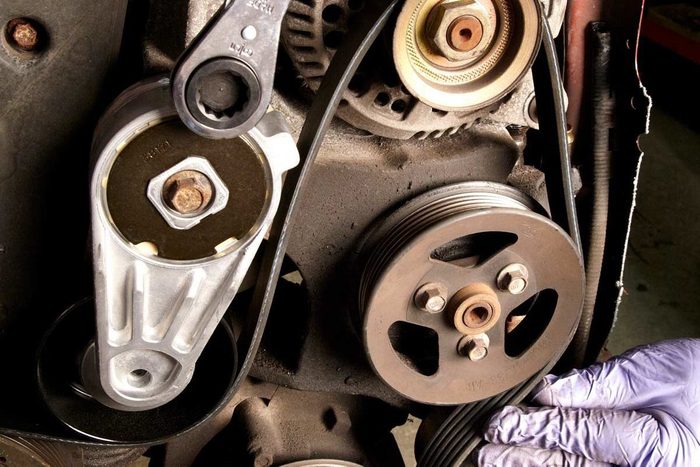
Replacing The Serpentine Belt
Serpentine belts can last between 50,000 and 100,000 miles. However, they wear slowly and may not show signs of wear and tear, but they will appear to be in good condition when they’re actually ready to fail. Inspect your serpentine belt during every oil change, not only for wear and tear but also for deterioration from an oil or coolant leak. Serpentine belts are affected by the other parts and accessories they “drive” (air conditioning compressor, power steering pump, alternator) and should be inspected regularly, especially if they are chirping or squealing. Replacing a serpentine belt (and mounting brackets, pulleys, tensioners and idler wheels if necessary) is a simple DIY job.
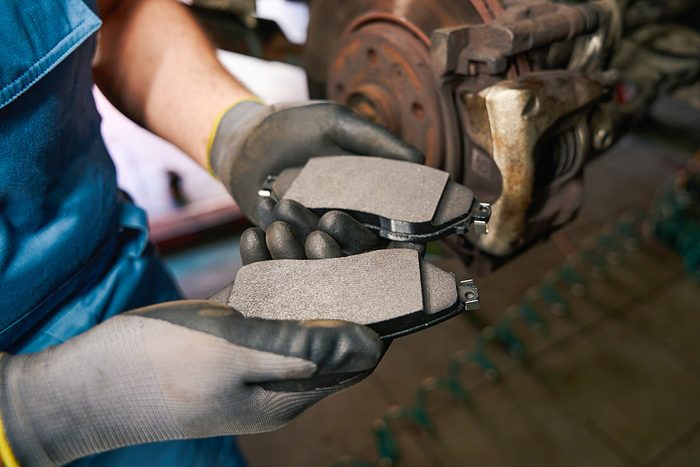
Replacing Brakes
There is no mileage replacement recommendation for brakes and rotors. Brakes wear based on how you drive. All city or stop-and-go driving will cause brakes to wear as quickly as 20,000 miles. If you’re doing all highway driving, you can expect brakes to last 75,000 miles or more. Inspect brake pads for wear when rotating your tires (six months or 6,000 miles), or if your brakes are noisy, locking up, pulling to one side, or braking distance increases. The minimum thickness for brake pads is 3 mm to 4 mm—new brake linings are 12 mm thick. Replace brake pads when the brake friction material reaches 6mm, or less. Any thinner and the pads can’t dissipate heat, causing the brake pads, brake calipers, mounting hardware and rotors to overheat and fail. Replacing brake pads is a DIY project.

Replacing Disc Brake Rotors
Under normal driving conditions, disc brake rotors should last 30,000 to 70,000 miles or longer. The brake rotors on many modern cars are not very thick, and usually, it’s better, safer (and in some cases less expensive) to replace them rather than resurfacing them. In addition to overheating due to worn disc brake pads, mechanical problems such as binding brake calipers, a bad wheel bearing, or semimetallic pads that may have been installed at some point cause cracking, glazing, scoring or excess rotor wear. And although often ignored, rust build up and uneven or over-tightening lug nuts with an impact wrench can also warp rotors. Replacing rotors yourself can save you hundreds of dollars.
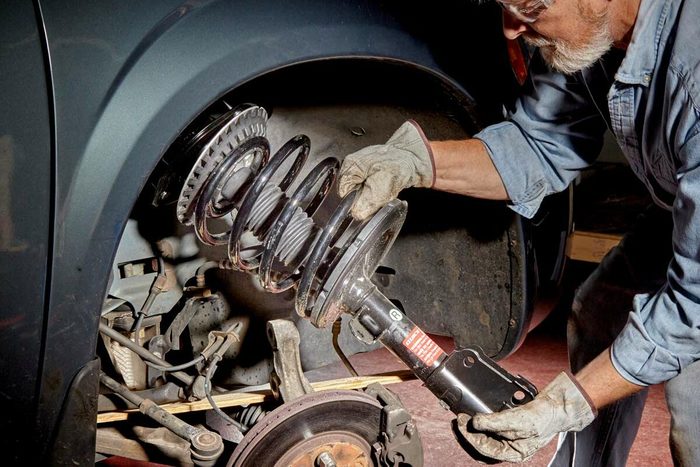
Replacing Shock Absorbers and Struts
Unless you drive recklessly, go off-roading, drive mostly on rough, uneven or bumpy roads or do lots of hard stop-and-go driving, shock absorbers should last about 50,000 miles or four to five years. MacPherson struts, which are similar to shocks, provide a smoother ride, absorb vibrations, and usually last 100,000 miles. Here are signs your shocks or struts are bad:
- Longer stopping distances.
- Abnormal tire wear.
- Strange noises.
- Excessive vibration.
- Always have your car’s alignment checked after replacing shocks or struts (be sure to rotate and balance your tires and wheels every 6,000 to 8,000 miles, and have the alignment checked every 12,000 to 15,000 miles as part of your regular maintenance routine.)
Depending on your car’s year, make and model, your level of expertise and having the right tools, you can replace shocks and struts yourself saving hundreds of dollars, as well as the sense of pride of DIY.
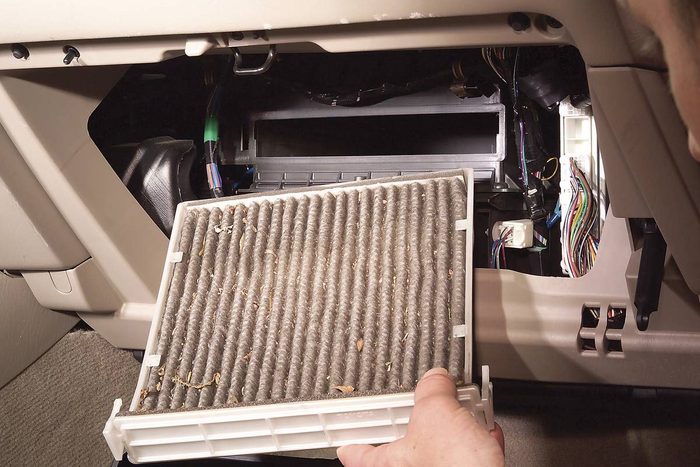
Replacing Engine and Cabin Air Filters
Both engine and cabin filters should be replaced between 15,000 and 30,000 miles (or one to two years). But it really depends on your driving conditions. Check the air filter every 12,000 miles, or at every oil change if you drive in dirty dusty conditions or do lots of city stop-and-go driving, replace both filters sooner. Replacing a dirty engine air filter can greatly increase gas mileage and improve overall engine performance and reliability. Besides affecting passenger compartment air quality (a cabin air filter removes allergens, odors, and other pollutants) a clogged cabin air filter causes the HVAC system to work harder (causing excess wear and tear on expensive components), reduces the ability to properly maintain passenger compartment temperatures and restricts air flow to the defroster making defogging the windshield take longer. Replacing these two filters is a simple DIY task.
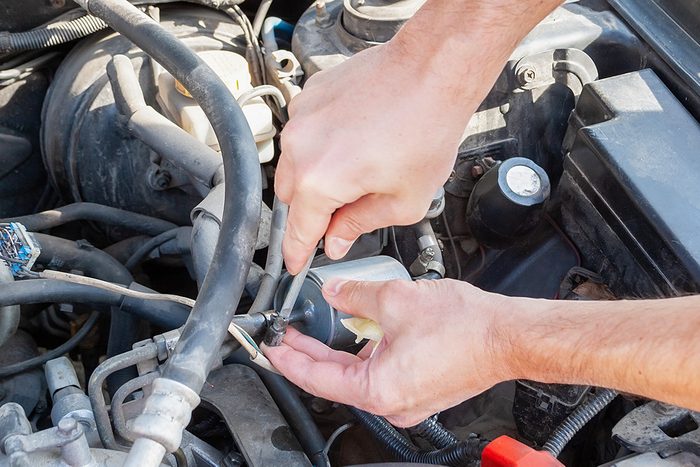
Replacing the Fuel Filter
Fuel filters are a small but critical part of a vehicle’s fuel supply system. While some manufacturers recommend replacing the fuel filter between 20,000 to 40,000 miles (or two years), others suggest 60,000 miles. A few manufacturers use fuel filters that never need replacing. Driving in dirty, dusty conditions, having a dirty air filter, using poor-quality fuel or moisture from condensation or contaminated fuel will cause your fuel filter to clog and will need to be replaced. Signs your fuel filter needs replacing include:
- Poor engine performance
- Hard starting
- Stalling
- Random misfire or rough idle
- Fuel system part failures.
In most cases, you can replace the fuel filter yourself.
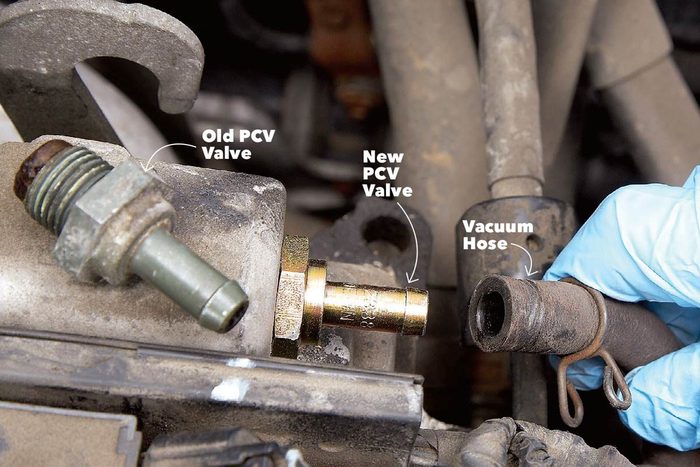
Replacing the PCV Valve
The Positive Crankcase Ventilation (PCV) valve should be replaced every 24,000 miles or two years, again, depending on your driving condition. Checking the PVC once a year by removing the valve and shaking it. A small spring-loaded check valve inside the housing should rattle, meaning it is moving freely and the valve is working. Replace the PCV valve if you don’t hear the check valve rattling. Signs the PCV valve should be replaced include:
- Poor acceleration.
- Increased oil consumption or oil leaks due to pressure building up inside the crankcase
- Check engine light on
- Excess smoke or smog from the tailpipe.
You can easily replace the PCV Valve yourself.
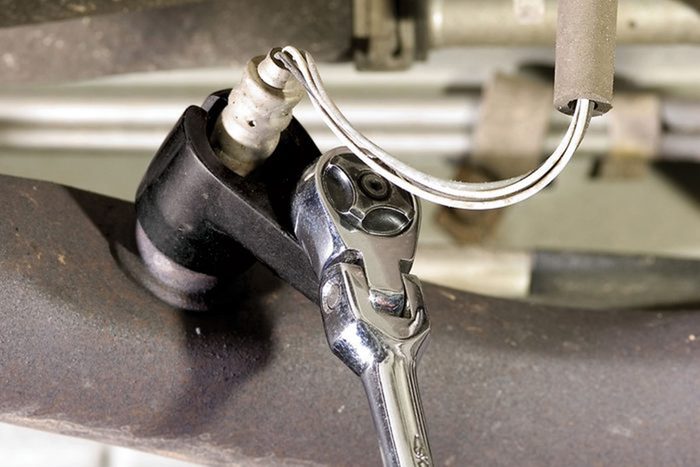
Replacing Oxygen (O2) Sensors
O2 sensors wear out and should be replaced every 50,000 to 100,000 miles or every five to six years. A failed or failing sensor affects fuel economy, drivability, increased tail pipe emissions and will turn on the check engine light. An O2 sensor contaminated from poor quality fuel, an overheated catalytic converter from an engine misfire, impact damage from road debris, or slow reacting O2 sensor results in a rich or lean air/fuel mixture and possible backfiring. Replacing an O2 sensor can be a DIY project, but you may need to have your repair shop determine which (some cars have four O2 sensors) are bad.

Replacing the Gas Cap
Gas caps may not have a specific mileage replacement, but they are a critical component of the emission control system that is often ignored. Rule of thumb is to replace them every 50,000 miles, if the cap is cracked, if the sealing gasket is torn, or if the cap will not tighten properly. A loose gas cap that is not fully sealed can trigger the check engine light and set multiple trouble codes that only a scan tool can clear. It takes only a minute to replace a gas cap, and it can save you time and money.
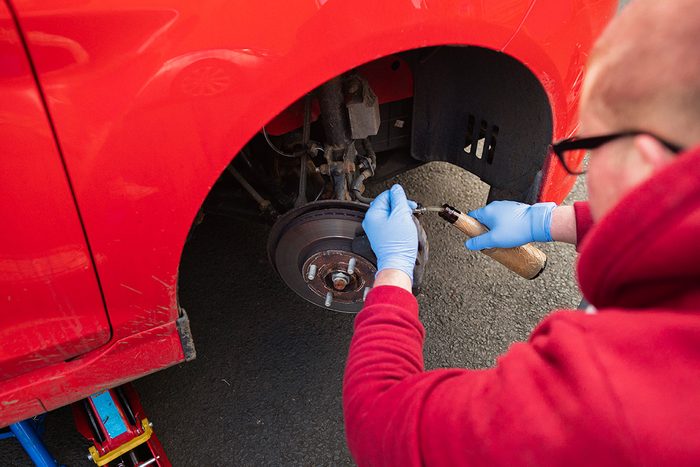
Replacing Brake Fluid
FYI: Brake fluid goes bad. The fluid is exposed to extreme temperature fluctuations, tremendous pressure and can absorb moisture from the air. This contaminates the fluid and turns brake fluid into a caustic, corrosive substance that deteriorates the hydraulic brake system from the inside out. While you can just suck out old brake fluid from the master cylinder and add new fluid, replacing all of the old brake fluid every 30,000 miles (or two years) keeps your brakes working safely. If you have the correct tools, replacing brake fluid is a DIY undertaking. If not, leave this to the pros.
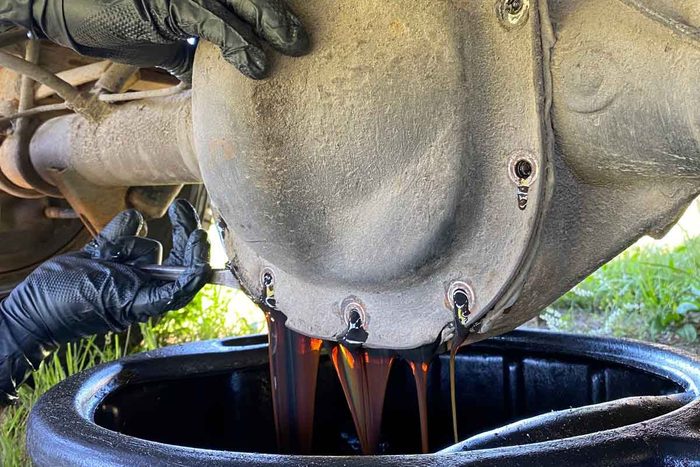
Replacing Differential and Transfer Case Fluids
Most manufacturers recommend replacing differential (front and rear differentials on all-wheel drive and four-wheel drive cars) and transfer case fluids between 30,000 to 60,000 miles, again depending on how and where you drive. Check your owner’s manual for specific mileage and correct type differential and transfer case fluid, and possible additional fluid additives, which your car may need. Symptoms differential fluid need replacing include:
- Differential(s) making whining, groaning or grinding noises.
- Tires jumping, unusual clicking or popping noises, or severe steering wheel vibrations when turning.
Symptoms transfer case fluid needs replacing include:
- Difficulty shifting into or out of all-wheel-drive or four-wheel-drive modes.
- Whining, groaning, chattering or grinding noises from the transfer case.
Check around the differentials and transfer case for leaks during every oil change. Replacing differential fluid is a DIY project. Leave replacing the transfer case fluid to the pros.
FAQ
Based on mileage, when should I replace other fluids or parts in my car?
Family Handyman has plenty of valuable information on this question. Including:
- Replacing motor oil, automatic transmission and power steering fluid.
- The thermostat regulates engine temperature and is critical for maintaining optimal performance, helps maintain proper emission levels and prevents overheating. Most manufacturers no longer have a recommended mileage replacement for an engine thermostat. I replace my thermostat every time I replace engine coolant (five years or 50,000 miles) and in most cases is a DIY project than can increase the life of your engine.
- Even windshield washer fluid if inside of the reservoir shows signs of rust, dirt or muck build-up.
Do turbocharged cars need fluids replaced more often?
Yes. Turbocharged engines run much hotter and at much higher RPMs. This causes protective additives in motor oil and coolant to break down faster, losing their lubricating properties and ability to regulate engine temperatures, as well as spark plugs wearing out quicker than in a conventional internal combustion engine. If you own a turbocharged car, it is crucial to follow the manufacturer’s recommended maintenance schedule.
What is more important, miles or months?
Whichever comes first!
Rule of thumb:
- If you drive 50,000 miles in less than 60 months, you should make replacements at 50,000 miles — don’t wait until 60 months.
- Conversely, if you drive less than 50,000 miles in less than 60 months, you should make replacements at 60 months — don’t wait until 50,000 miles.
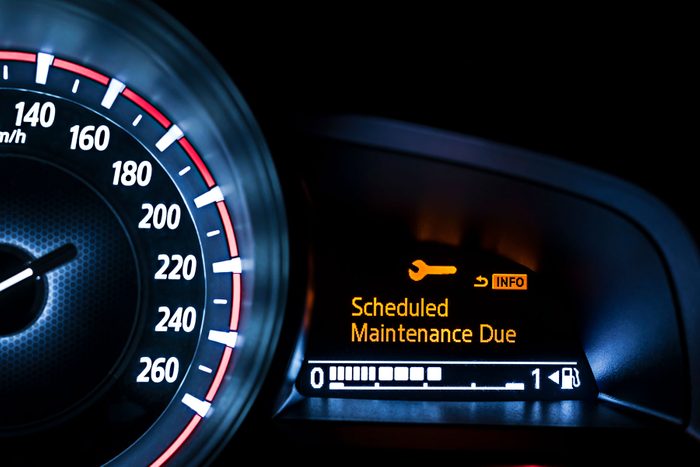
About the Experts
Jorge Pinto is an auto mechanic based in New Jersey.
Resources
- GMC: “Vehicle Support, Manuals and Guides” Mar 19, 2025
- Monroe: “Specialty Products” Mar 20, 2025
- Seeger Toyota of St. Louis: “Toyota Maintenance Intervals” Mar 20, 2025
- Volkswagen Group of America: “Factory Recommended Maintenance” Mar 18, 2025


















